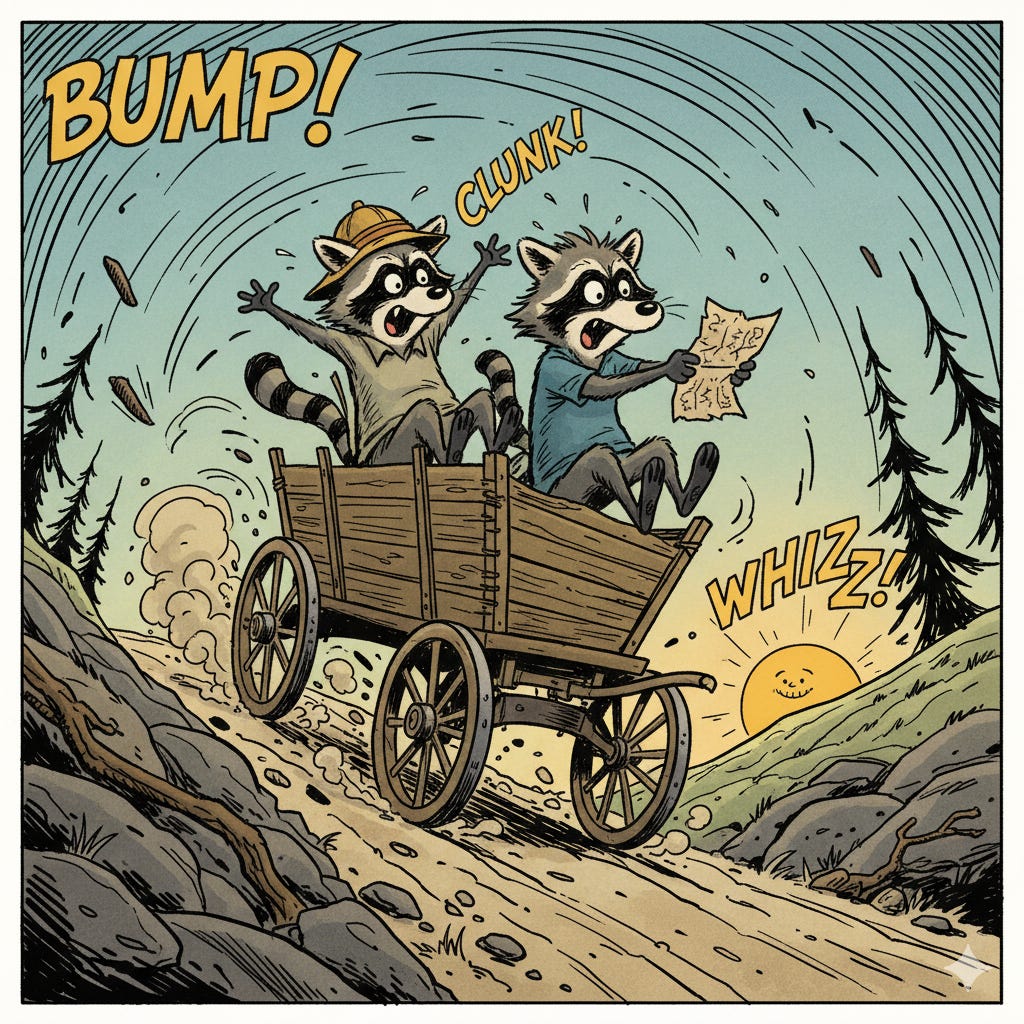The Virtue of Early Ruthlessness
Late Bumpy Ride Vs. Early Bumpy Ride
Product Managers that fear the sting of the present will suffer the rot of the future. That’s why it’s crucial to be ruthless at the beginning of a project and not at the end.
You should be ruthless when the stakes are low.
The need for drastic late-stage decisions is a sign of project failure. Ruthlessness close to the finish line usually means you’ve been too soft early on.
You can be confident you’ve screwed up big time when must-haves stop being must-haves. Running out of time does not change whether something is a must-have or not.
This happens because saying no is painful. Saying yes is smooth and unchallenging. Everyone like someone who says yes to their requests.
The question you should be asking: do you want an early or a late bumpy ride? The late bumpy ride is much more dangerous than the early bumpy ride.
We prefer the late bumpy ride. We hope that by postponing we miraculously won’t end up having problems.
Except those darn problems will still happen. When they do, they will be ten times worse than anticipated. Plus, they will happen late in a project when we are in the worst position to do anything about it.
Early misery is usually better than late misery, but we prefer to optimize for late misery.
What’s counter-intuitive: being ruthless keeps far more options open than being forgiving.
But being forgiving feels great. It provides the illusion of keeping your options open. But you’re actually busy creating a ticking time bomb.
We should be ruthless at the start so that we can be forgiving in the end. Instead of being forgiving in the beginning so that we must be ruthless in the end.
The first choice feels miserable and restricting. It provides us with options and opportunity later in the project. The second choice feels great. But we may screw ourselves over later in the project when we have the least options to do anything about it.
Choose wisely.




Thus, having projects may not be the most suitable approach for product development.